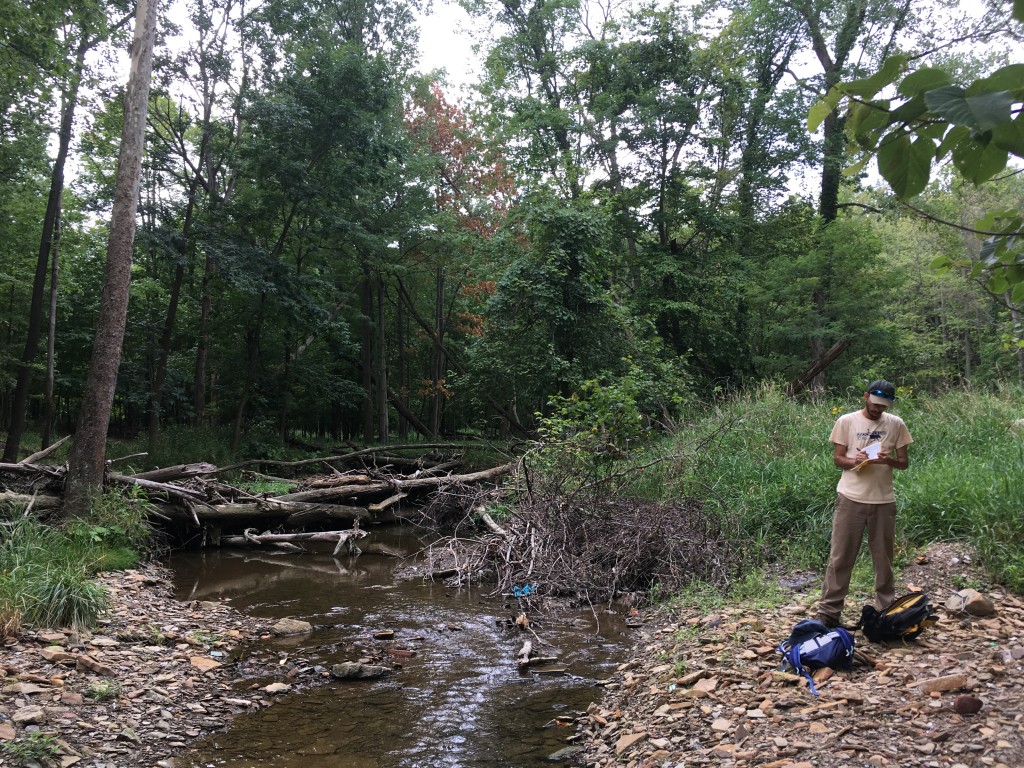GSA abstract: Abundance and Geomorphic Function of Wood in Urban Stream Systems
Later this month, Caytie, Garrett, and I will be representing the Watershed Hydrology Lab at the Geological Society of America Annual Meeting in Seattle, Washington. Garrett will be presenting the following talk on Monday at 2:55 in Conference Center Chelan 5.
Abundance and Geomorphic Function of Wood in Urban Stream Systems
Blauch, G. and Jefferson, A.
Large wood serves important geomorphic and ecologic functions in streams, as established by research set in relatively undisturbed watersheds. However, the dynamics and function of wood in urban streams has not received similar attention. Previous studies have not clearly distinguished between the effects of low recruitment potential due to developed riparian zones and hydrograph flashiness increasing wood mobility. In order to focus on the effects of hydrograph flashiness, our study focuses on wood abundance and function across urban northeastern Ohio streams where protected riparian buffers offer recruitment opportunities. Impervious surface cover is used as a proxy for urbanization’s effect on the stream hydrology. The frequency and geometry of large wood was surveyed within the bankfull channels in 11 stream reaches, with watersheds that span 0.39 – 88 km2 and 0.56 – 40.1% impervious cover. Geometry measurements cover length, diameter, and planform orientation for individual pieces and smaller jams, as well as 3D structure of significant wood jams in 7 of the 11 streams using Structure-from-Motion techniques. Measurements of the long profiles, stream banks, and streambed sediments provide indications of the geomorphic context of large wood with respect to pool formation, bank erosion, and sediment storage. Preliminary results show a decrease in the occurrence of large wood pieces from 36 per 100m of stream length in the least developed watershed to as little as 1 piece per 100m at higher impervious surface covers. Of those streams with wood stored as both individual pieces and as part of jams, 73% of the total wood (by count) is stored as jams on average. In the most developed, urban watersheds, early re-surveys show that even these larger jams can be mobilized. These results suggest that even though wood is available to the stream, flashy urban hydrographs still have an influence on the presence of wood within urban streams. With large wood often considered in management and restoration practices, protection of the riparian buffer is not enough to maintain the presence of wood – and the geomorphic and ecologic benefits provided by it – in these flashy urban systems.

